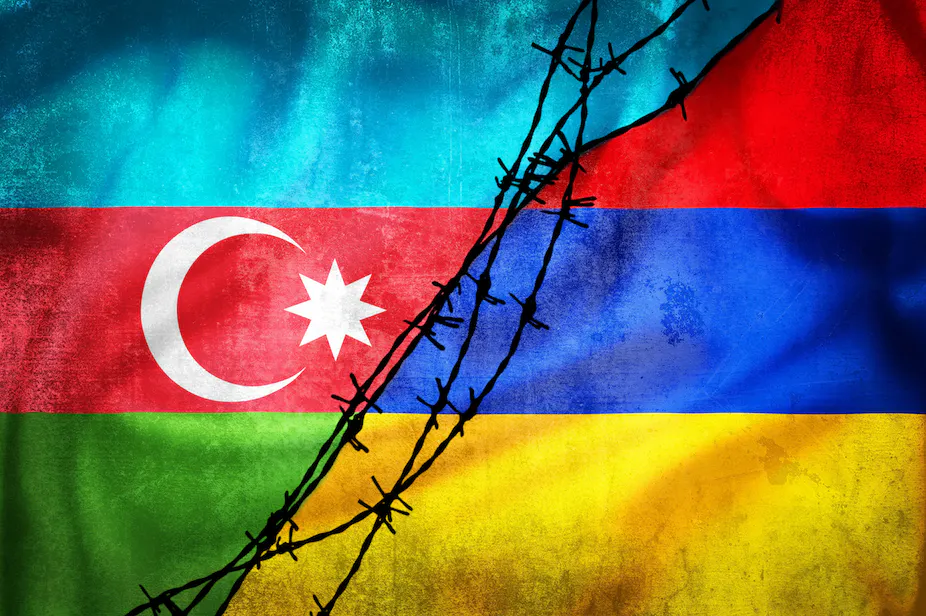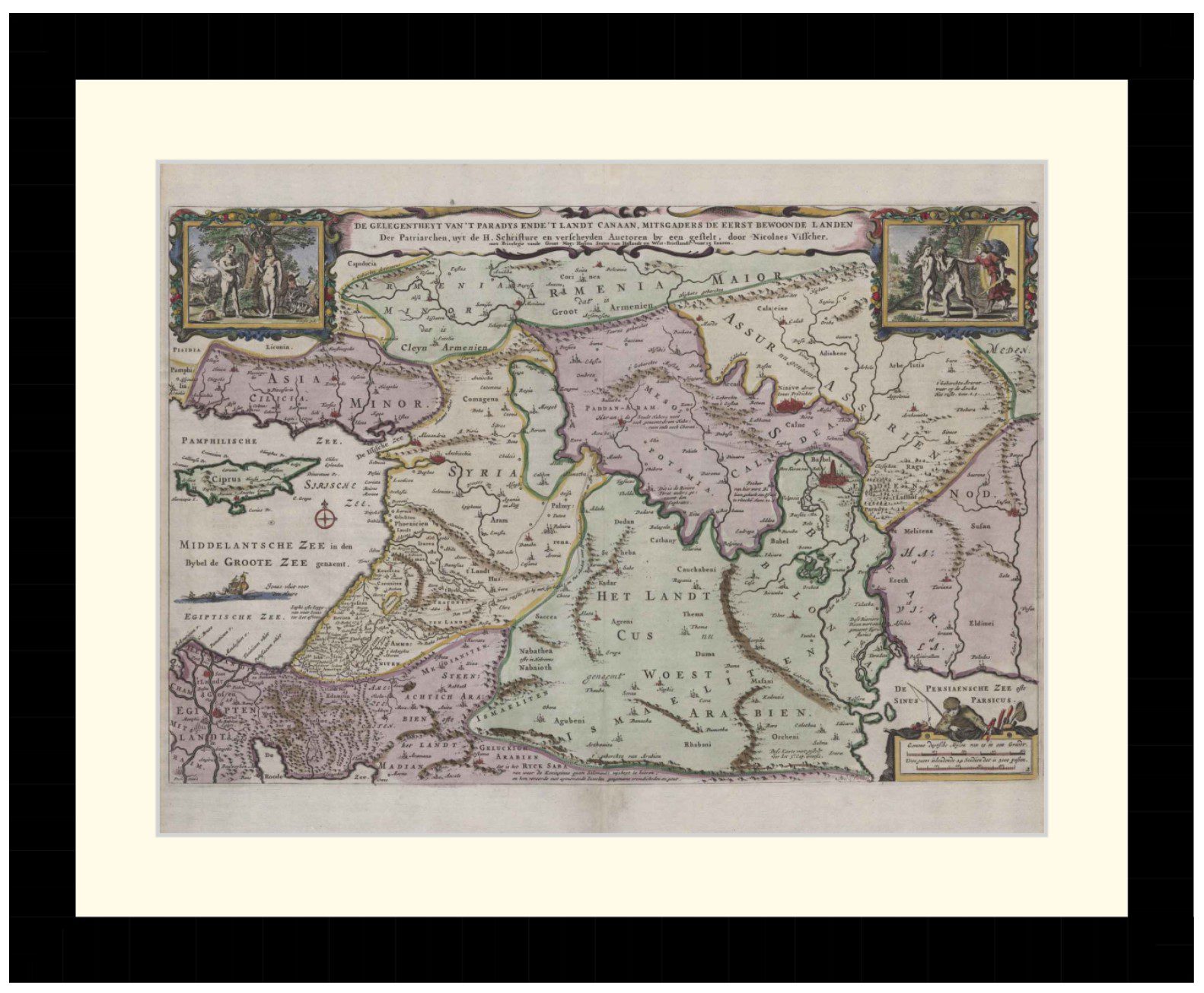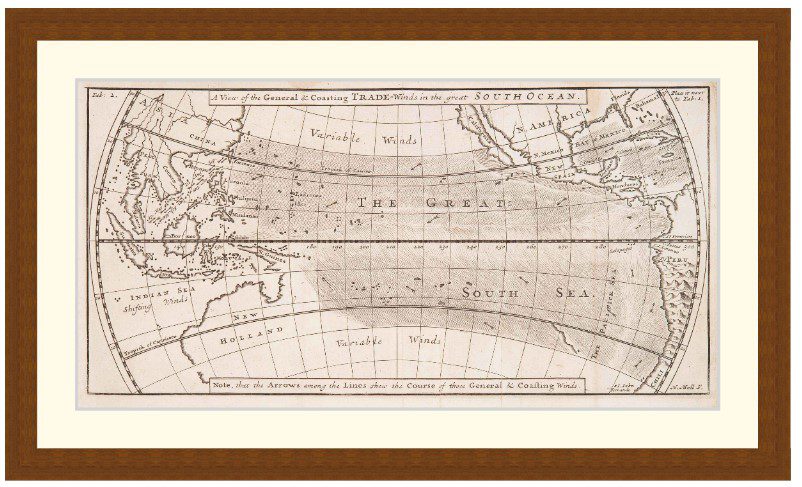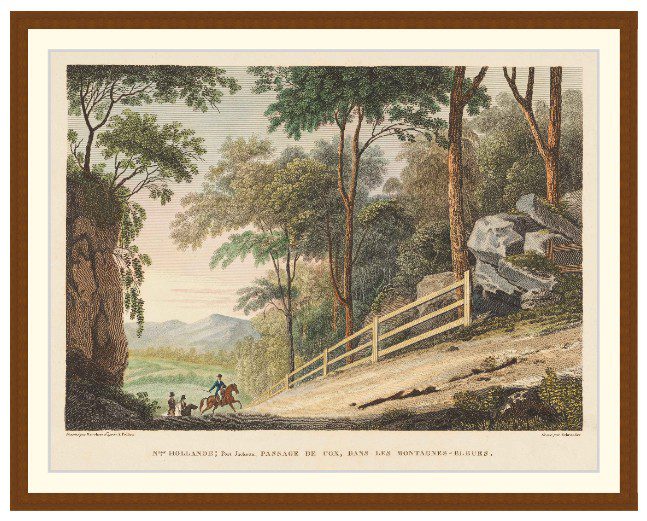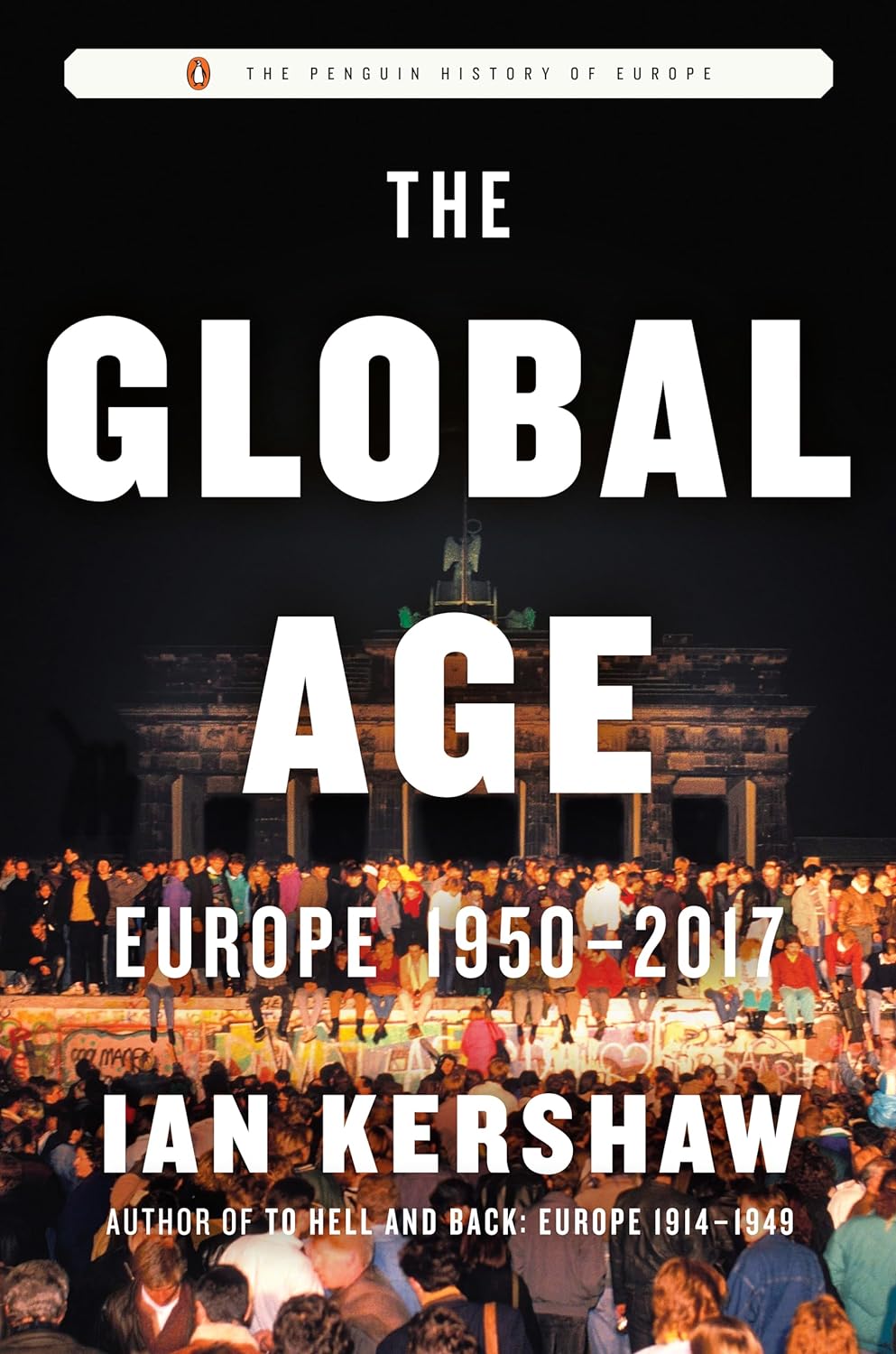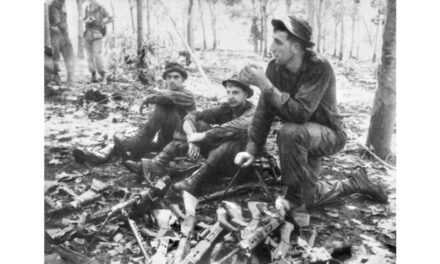Reading time: 5 minutes
Clashes in the border territories between Armenia and Azerbaijan around Nagorno-Karabakh have recurred in recent times, with claims of hundreds of dead and wounded from both sides, which can’t be verified.
The initiative in this lengthy, but intermittent war has tilted each way over the decades. In the 1980s, Armenia was the big winner, annexing the territory of Nagorno-Karabakh and integrating the so-called Republic of Artsakh into Armenian territory.
By Antonio Alonso Marcos, Universidad CEU San Pablo.
At that time, Armenian superiority was overwhelming and the soldiers cruelly showed it. Now the tables have turned and it is the Azeris, with Turkish support, who are demonstrating their superiority on the ground, but facing claims they are torturing prisoners, brutalising civilians, mutilating people, destroying centuries-old churches and publishing their misdeeds on social media.
Few people in that region forget that there was a Turkish genocide against the Armenians between 1915-1923.
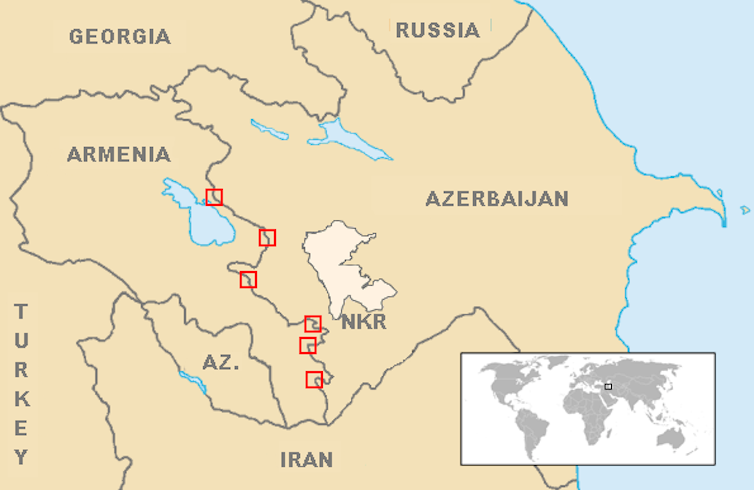
Nagorno-Karabakh is a frozen conflict zone. Joseph Stalin organised the vast territory of the Soviet Union in a pattern that sowed division to prevent the emergence of nationalist movements demanding independence from Moscow. Following Mikhail Gorbachev’s perestroika and glasnost these forces began to reveal themselves.
Since 1991, the associated conflicts in Nagorno-Karabakh, South Ossetia – a breakaway republic of Georgia – or Transnistria – formerly part of Moldova – have ebbed and flowed. Moscow has used them to try to demonstrate that it remains an indispensable actor in keeping former territories stable and pacified.
Stable situation until 2020
The situation in Nagorno-Karabakh had been more or less stable – with no large-scale open clashes – until 2020, when Azerbaijan decided to launch a campaign to regain the territory it had lost, humiliated, 25 years earlier. Thanks to Turkish weaponry, the Azeris crushed the Armenian army without much difficulty.
Armenia is also suffering the consequences of its political instability, having changed government several times in recent years in bloodless popular revolts. Moscow accuses the West – and specifically Washington – of being behind revolts in the countries of the former Soviet orbit, such as the Rose Revolution in Georgia (2003) and the Orange Revolution in Ukraine(2004), a model replicated in the so-called Arab Spring, starting in 2011.
According to the Kremlin, some Western countries fund foundations and NGOs to spread the values of democracy and liberalism in their former domains and ultimately replace Moscow-friendly regimes with pro-Western governments. The South Ossetia war (2008) and the occupation of Crimea (2014) were Russian attempts to show that there are certain lines that cannot be crossed.
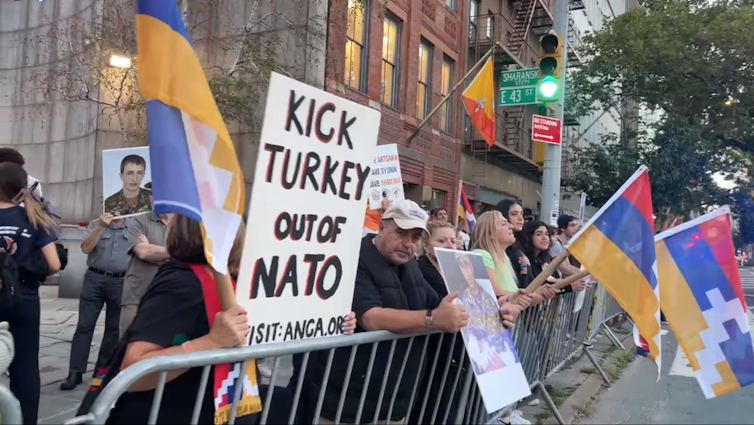
Why is Armenia asking the US for help?
What is most striking about the latest episode of this intermittent war is the shift in alliances. Although Armenian citizens are aware that the existence of their country depends to a large extent on Russia’s willingness to defend them, Armenia has turned to the US for help. This is due to two factors.
First, because Russian protection has proved less than effective over the past two years. Although Armenia is part of the Moscow-led Collective Security Treaty Organisation (CSTO) and Azerbaijan is not, Russia has not intervened forcefully but has limited itself to offering its expertise as a mediator to defuse tensions and peacefully reach ceasefires and peace agreements that have been a complete surrender – and humiliation – for the Armenian side.
If it has not stepped in more decisively to defend its ally Armenia (a member of the Collective Security Treaty Organisation, CSTO) against Azerbaijan by force of arms, it is, among other reasons, because the latter is a strategic ally of Turkey, which in turn has a balanced relationship with Russia, as evidenced by the war in Ukraine.
Secondly, Nikol Pashinian, Armenia’s prime minister, is aware of Washington’s hopes for this small country, a wedge between three countries that are more than interesting from the US’s point of view: Russia, Iran and Turkey.
Nancy Pelosi visited the country as speaker of the US House of Representatives in September 2022 to show her support, and specifically to “highlight the strong US commitment to security, economic prosperity and democratic governance in Armenia and the region”.
Turkey has close trade ties with Azerbaijan and has infrastructure projects to link the two countries, the only obstacle being Armenia. The latest attacks would clear the way for Victory Road, a project that would connect the Azeri cities of Hajigabul-Minjivan-Zangazur via the town of Susha (in Nagorno-Karabakh territory).
In any case, whether the ceasefire is respected will depend on pressure from these two major players – Russia and Turkey. It seems likely though, that hostilities will continue to reopen from time to time, with this “never fully resolved conflict” remaining the modus vivendi for the inhabitants of the area.
This article was originally published in The Conversation.
Podcasts about Nagorno-Karabakh conflict
Articles you may also like
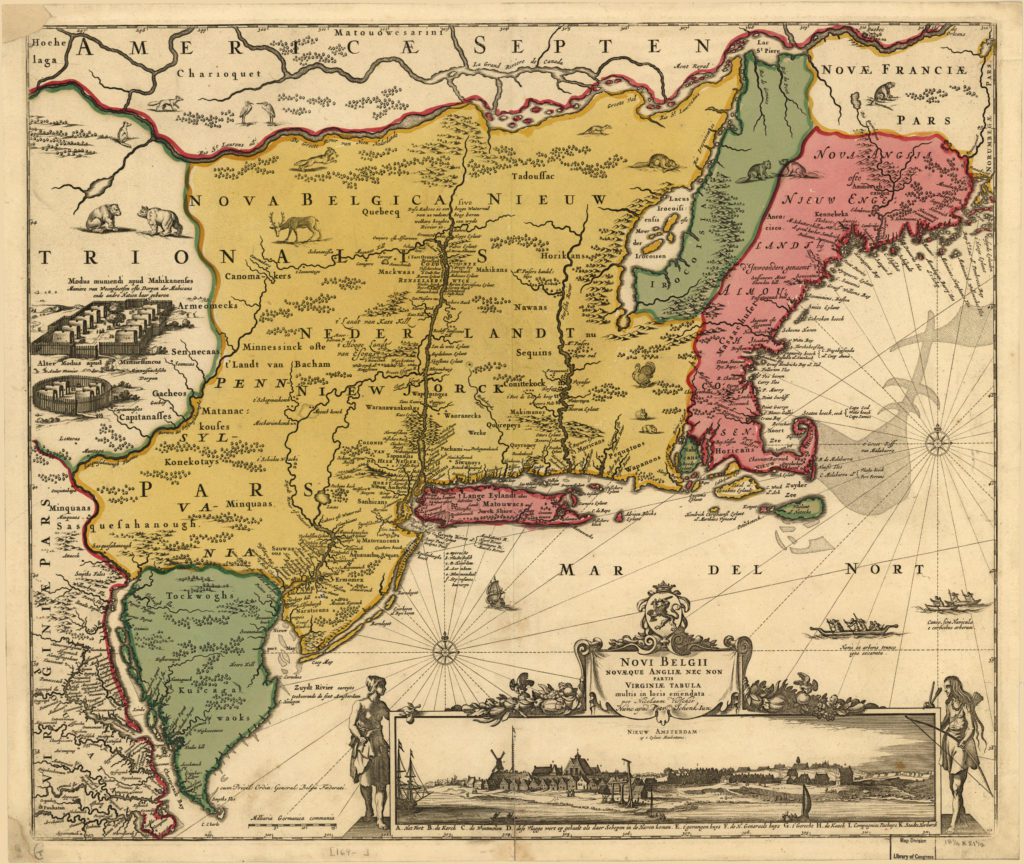
History of New England, 1630-1649 – Audiobook
HISTORY OF NEW ENGLAND, 1630-1649 – AUDIOBOOK By John Winthrop (1587 – 1649) John Winthrop served as governor of the Massachusetts Bay colony for several years. His History of New England, 1630-1649 details life in the colony and narrates several controversies that arose within the plantation. Examples include the excommunication of Anne Hutchinson and a civil […]
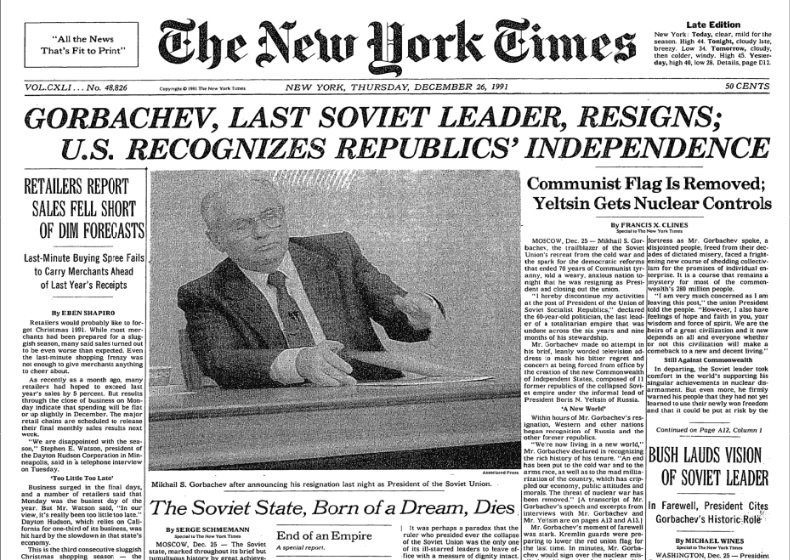
Dispatches from Red Square: reporting Russia’s revolutions then and now
Reading time: 9 minutes
“No news from Petrograd yesterday”, was the headline in the Daily Mail on March 14, 1917. The story – or non-story – which followed, was only a few dozen words: “Up to a late hour last night the Russian official report, which for many months has come to hand early, had not been received”, it ran. So why publish it? The non-appearance of the daily news bulletin from the Russian government had led the Mail’s writer, trying to prepare a report in London, to suspect something was going on.
The text of this article is republished from The Conversation in accordance with their republishing policy and is licenced under a Creative Commons — Attribution/No derivatives license.

